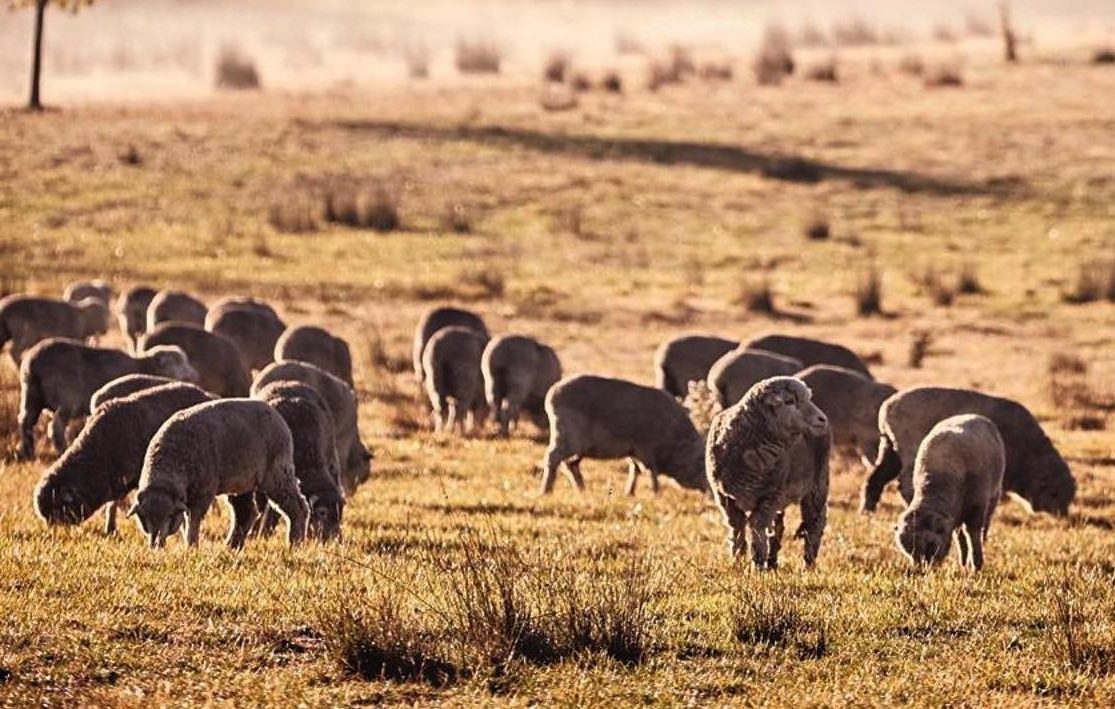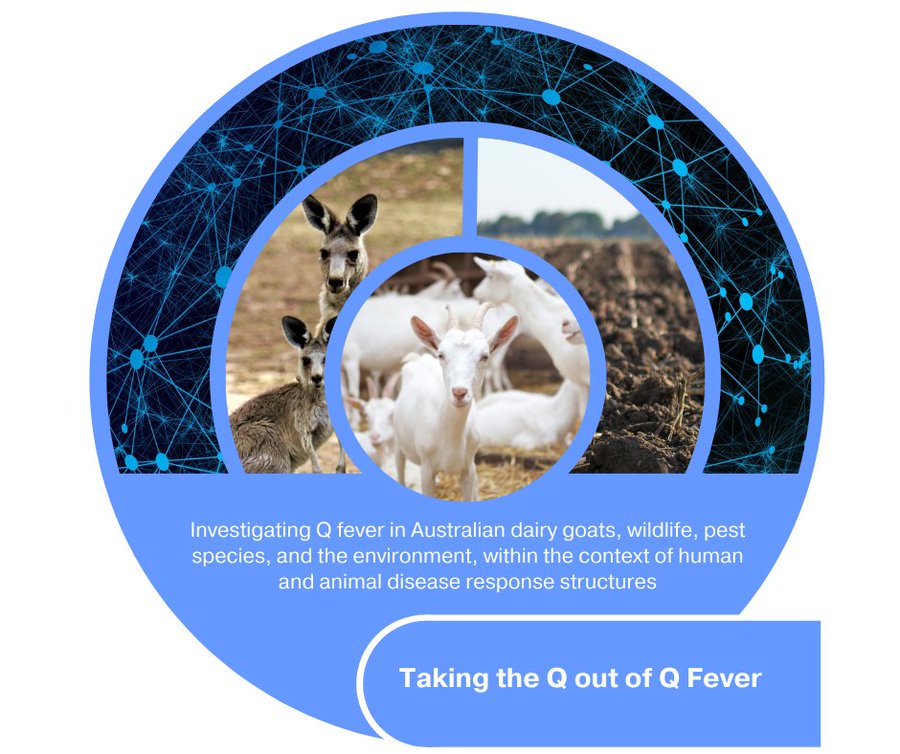
Q Fever is transmitted from animals to humans in dry environments. Photo: Supplied.
With COVID-19 bubbling along and now Monkey Pox sending the media into a spin, you could be forgiven for not wanting to hear about another animal-to-human disease.
But Charles Sturt University’s Jane Heller says broader awareness is a good thing.
“The more awareness people have about infectious disease, the better they can protect themselves,” she says.
The Veterinary Epidemiology and Public Health associate professor has been involved in a national study on Q Fever, a disease that impacts both humans and animals.
“Q fever is a bacterial disease and it can cause some pretty serious effects,” Prof Heller says.
“It usually presents as a flu-like illness, but it can become chronic.”
Fortunately, it’s not a common illness, but Prof Heller says it is also underdiagnosed. Being challenging to recognise, it’s likely people may have had it without realising.
She says it is most commonly transmitted by breathing in contaminated particles in a dry farming environment.
“You’re most likely to get Q Fever from cattle, sheep and dairy goats – sometimes dogs and cats as well,” she says.
“We think at the moment that kangaroos and other macropods can also play a role.”

Charles Sturt University has been involved in the national Q Fever study. Image: Supplied.
The national project, ‘Taking the “Query” out of Q Fever’ has shown the need for greater awareness amongst veterinarians, health professionals and those at risk of contracting the illness.
Prof Heller explains that they have also been looking at ways to limit prolonged outbreaks and improve patient outcomes.
“What was their experience like getting diagnosed and being seen by doctors? Unfortunately, we found that many people took a very long time to be diagnosed because those clinical signs are so varied and nondescript,” she says.
“It can take months to be diagnosed by which stage the disease can be chronic and have some long-lasting effects.”
Prof Heller says it’s important that people living in dry and dusty areas where there are farm animals and large numbers of kangaroos are aware of Q Fever.
She says the incubation period is around three weeks. People experiencing flu-like symptoms should carefully consider the likelihood of exposure and flag it with their doctor.
She adds that there has already been a lot of work done to inform doctors and vets of the risk. Vaccines have proved effective, but she would like to see them more readily available.
“We’d like more coverage for people living in regional areas and people working on farms and working with wildlife and have exposure,” she says.
“Even for people who have breeding dogs and cats because they have been shown to be at a greater risk than the general population.”
While the risk is real and awareness is important Prof Heller says understanding and early diagnosis are key.
“Q Fever has been around for a long time and it’ll continue to be around for a while,” she says.
“If it’s diagnosed early, it’s eminently treatable and much less severe. So that’s what we’re hoping for here.”
More information on Q Fever can be obtained from the NSW Health website.












